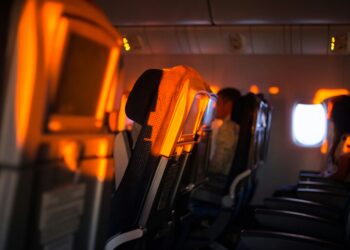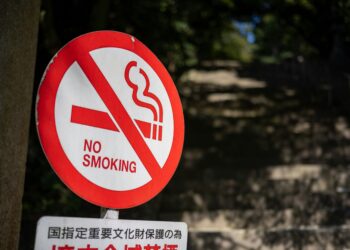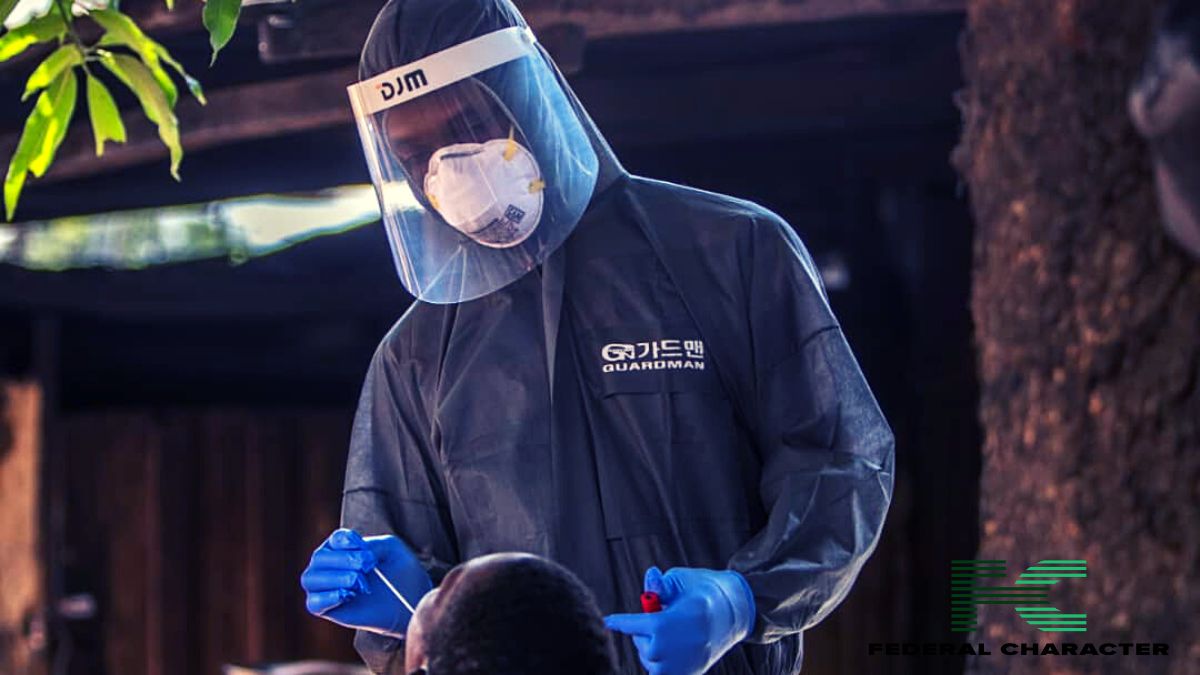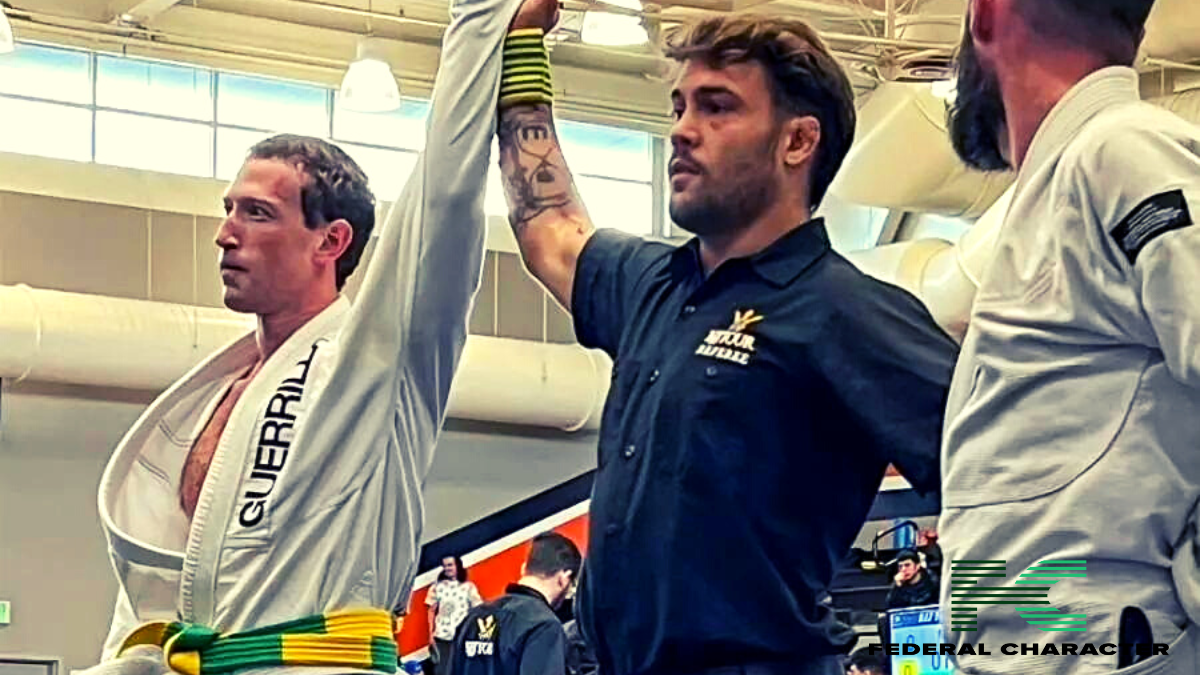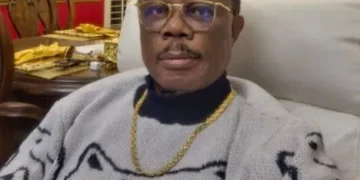A wave of panic and precaution has swept across Australia and New Zealand, forcing the abrupt closure of dozens of schools and preschools after a shocking discovery: children’s play sand, used for arts and crafts, was found to be contaminated with asbestos.
An urgent national recall was issued for coloured sand products imported from China after testing confirmed the presence of tremolite asbestos. While regulators described the immediate risk as “low,” the response was anything but, with authorities in the Australian Capital Territory (ACT) shutting down at least 15 schools and seven preschools entirely. Similar closures were reported in New Zealand as licensed professionals were dispatched to safely dispose of the toxic material.
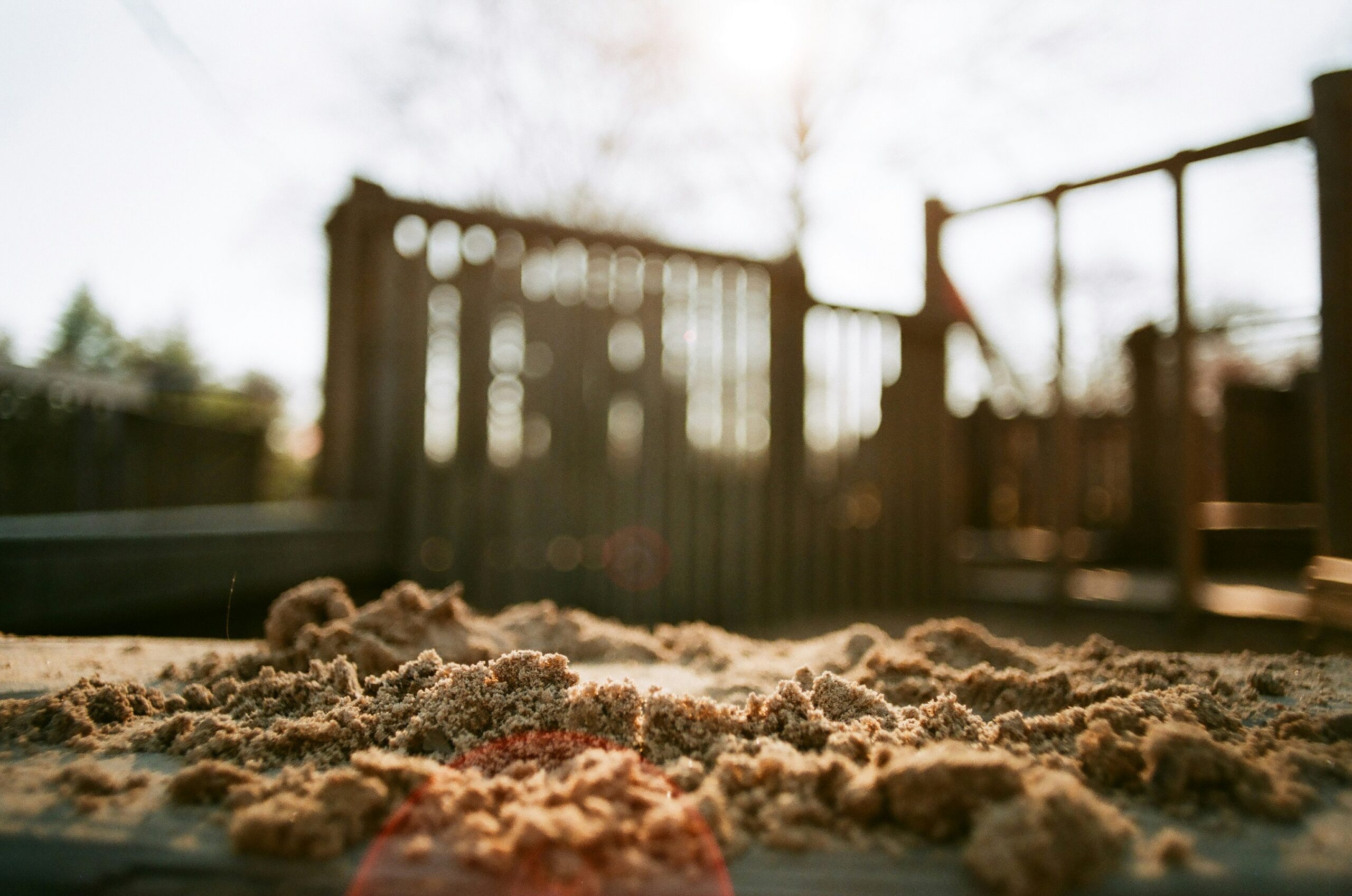
The contaminated sand, sold by major retailers like Officeworks, was a staple in classrooms for sensory play. “I understand that this news might be upsetting for families,” said ACT Education Minister Yvette Berry, announcing the closures to allow for “testing and remediation.” The discovery has ignited a frantic effort to contain the situation, with parents and schools told to “act immediately” and secure the products for disposal by “licensed professionals.”
Why It Matters
The fact that a “low risk” assessment has triggered mass school shutdowns tells you everything you need to know about the seriousness of the find. Asbestos in a child’s sandbox is a line that should never, ever be crossed.
While some states are opting for removal over closure, the image of empty schools speaks volumes. The reassurance that the fibres aren’t “respiratory” unless crushed is cold comfort to any parent whose child has ever vigorously played with, thrown, or—as children do—put sand in their mouth. This is a profound breach of trust that has exposed thousands of children to a known carcinogen, and the bureaucratic language of “negligible risk” does little to clean up that mess.



